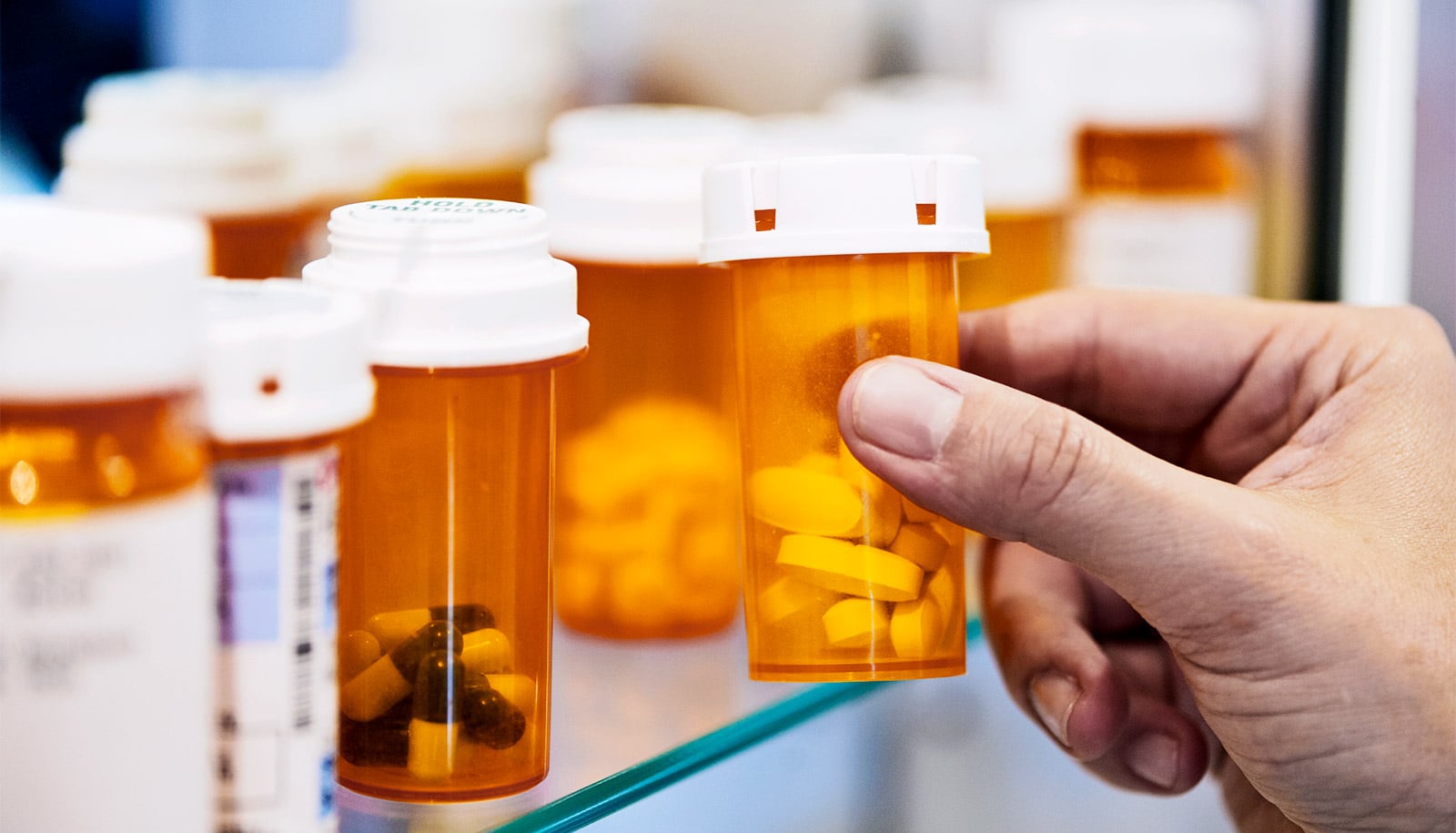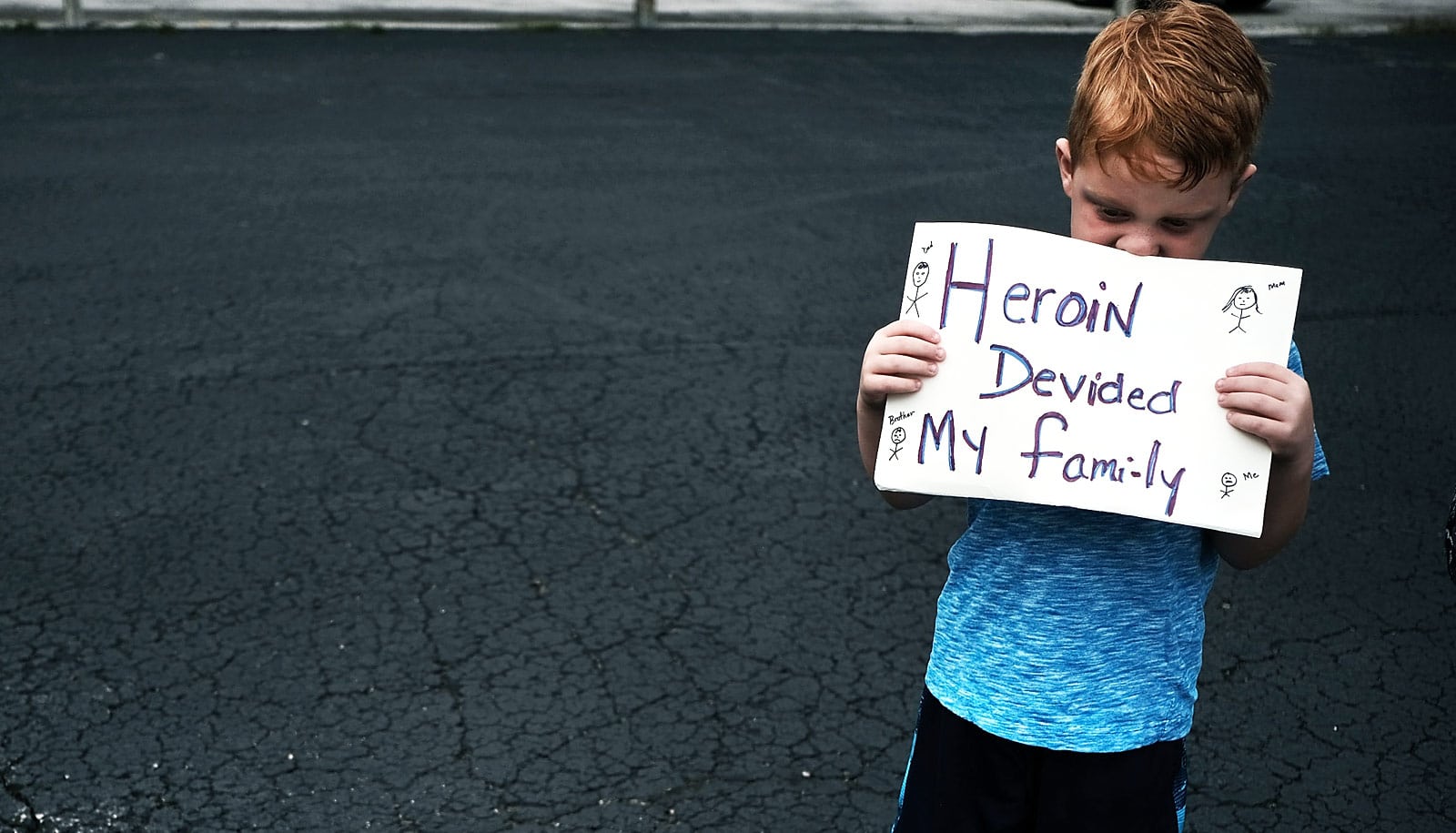When one person at home uses opioids it can double the chances someone else living there will seek out the addictive drugs, too, according to new research.
The new study in the American Sociological Review shows that the chances that a person gets a prescription for opioids climbs between 19% and 100% when a relative living in the same household already uses the drugs, depending on circumstances.
“Our research finds huge effects on the likelihood that family members who are influenced by other family members will start using opioids,” says Mathijs de Vaan, an assistant professor at the Haas School of Business at the University of California, Berkeley, who studies economic sociology and network analysis.
De Vaan and coauthor Toby Stuart, a professor at the Haas School, examined hundreds of millions of medical claims and roughly 14 million opioid prescriptions created between 2010 and 2015 to come to their conclusions.
The findings suggest ways opioid addiction, which killed 47,000 Americans in 2017, spreads, the researchers say. Family members can observe the effects the painkiller has on loved ones and may be tempted by excess pills sitting in the family medicine cabinet.
That exposure to opioids may also cause people to ask their doctors for specific drugs by name, de Vann says.
“The actions of one doctor toward one patient affects the requests that that patient then makes of other doctors he or she visits,” de Vaan says. “We find that physicians are not only influencing each other directly when it comes to opioid prescriptions. They’re influencing each other by steering patient demand.”
The conclusion that family behavior plays a role in spreading the use of opioids suggests ways doctors, researchers, and policymakers can address the spread of the drugs, the researchers say. This could include alerting doctors if a patient’s family members already use opioids or paying people to safely dispose of excess drugs that may be sitting in home medicine cabinets.
Source: UC Berkeley



